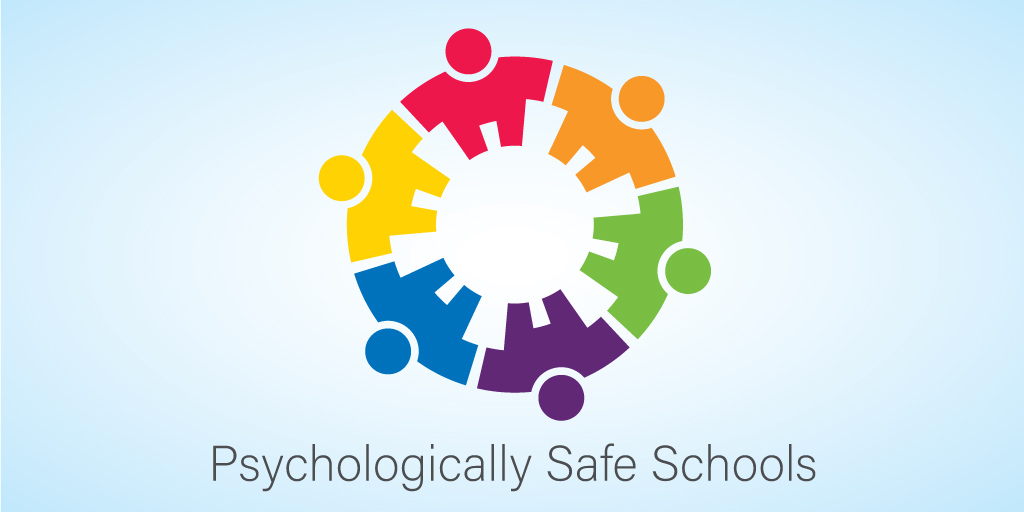
Because of the excessively violent situations that have occurred in schools over the past 20 years, school safety has been a hot-button issue. Many schools have moved to create a more secure environment by controlling access, locking doors, and conducting drills so that students and staff are prepared if something happens. And while all of this is good and necessary to some degree, I believe we must keep the bigger picture in mind as educators
Unfortunately, the concept of being safe must include a discussion of risk. When lawmakers make decisions about things like stoplights, speed limits, and other traffic laws, they consider the possible danger and how that weighs against normal operations on a roadway. For example, we could put a stop sign at every intersection in the country, which would create safe roads, but it would also hinder commerce, travel, and many other endeavors. There must be a balance between safe roads and the purpose of the roads in the first place.
Students Should Feel Safe in School
The same is true of schools. What is the goal of a school? It’s more than just keeping kids alive during the day—although I would contend this is the first priority of all the different priorities we have. We have schools to help students reach their potential, to be contributors to society when they become older, and to be informed and engaged citizens. While it’s true that we cannot do this if a student is mortally wounded, consider the roads example. We cannot and should not lock down a school to the point where we cannot even meet the essential functions of the school in the first place.
It’s astonishing to think that our country even has to consider these questions, but the truth is that our students and our teachers should feel safe in our schools. Our kids have a right to be protected while at school. This is where psychological safety comes in. In order to meet our goals for our students, they must be free of fear and feel safe in order to learn.
So, what is our role as teachers in making this happen?
- Create a plan: When it comes to a crisis, you should have a plan in place and be ready to follow it. Plans make us think through situations and help us feel calm. This is true for both teachers and students. As we do these drills, I think it’s important to focus on the plan and not on the situation. We don’t need a lot of detail for kids about what people might do to hurt us—rather, teachers should focus on what we can do to work together to make sure we are safe.
- Offer a safe space: Allow students a place to be heard. This might seem a little misplaced when talking about school safety, but we are focusing on psychological safety. Part of helping kids to feel safe is to listen to them about their fears and anxieties. This is broader than just thinking about school shootings—some kids have anxieties that distract them from their learning. If adults engage in this with kids and listen to their students, it helps them to feel safe with a trusted adult at school.
- Be a leader: Trust the process and your leadership. Students will follow the lead of the teachers when it comes to both an actual crisis and drilling for a crisis. As one trainer put it, “Calm breeds calm.” This means that if teachers are able to stay calm in situations, students will too. This requires a trust of the plan and a trust of the process for keeping everyone safe.
- Notice both big and small issues: We promote a “see something, say something” message in our schools. This means that both teachers and students should feel empowered to speak up when something has a potential to be dangerous. Teachers should be tuned in to their students and keep an eye out for even small signs and changes in behavior.
- Monitor how students treat one another: For some students—especially those who are older—the fear and anxiety they feel at school comes mostly from other students. This could be outright bullying, but it could also look like students making comments about another student’s grades, clothes, athletic ability, or participation in class. If we want all students to feel like they are part of the school and connected with teachers and adults, we must maintain a level of psychological safety that allows for students to feel vulnerable.
Want to connect with fellow educators to discuss topics like this? Consider joining MimioConnect™, our interactive teaching community.



